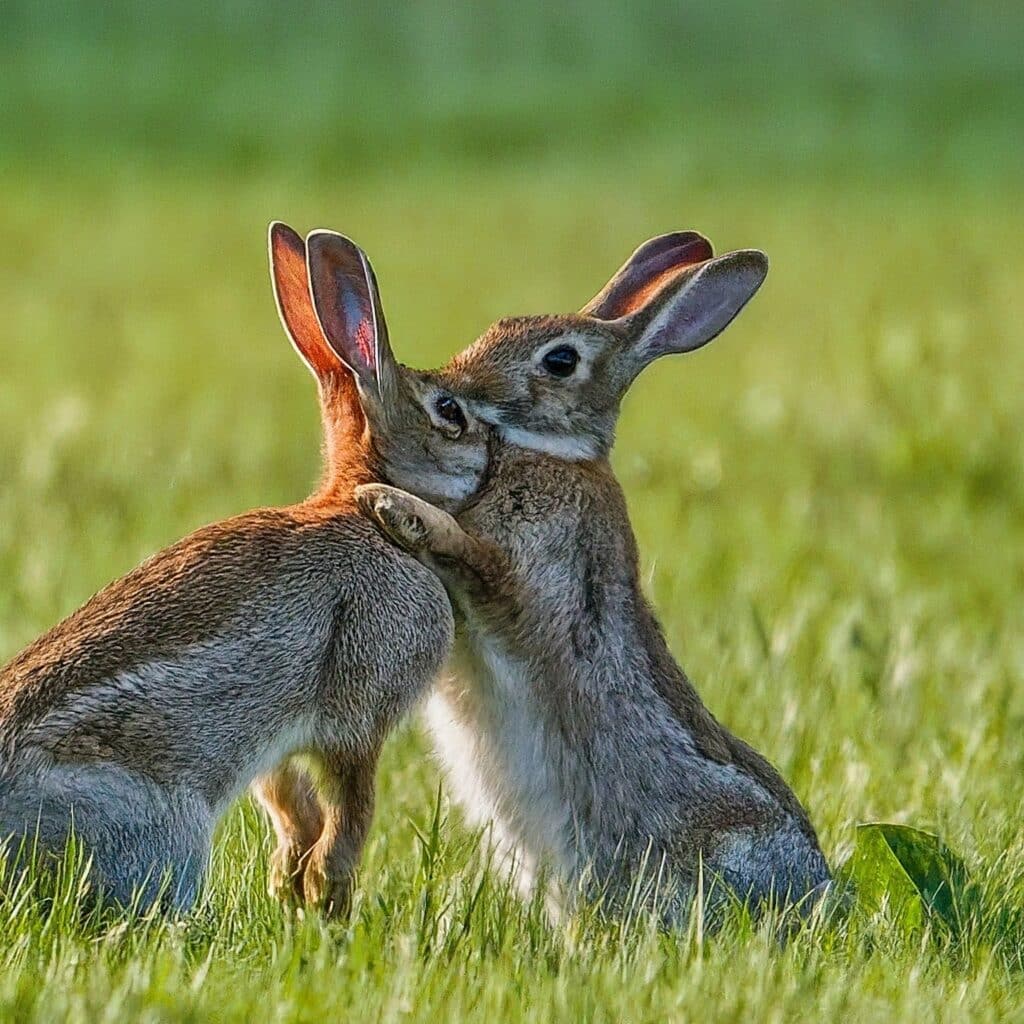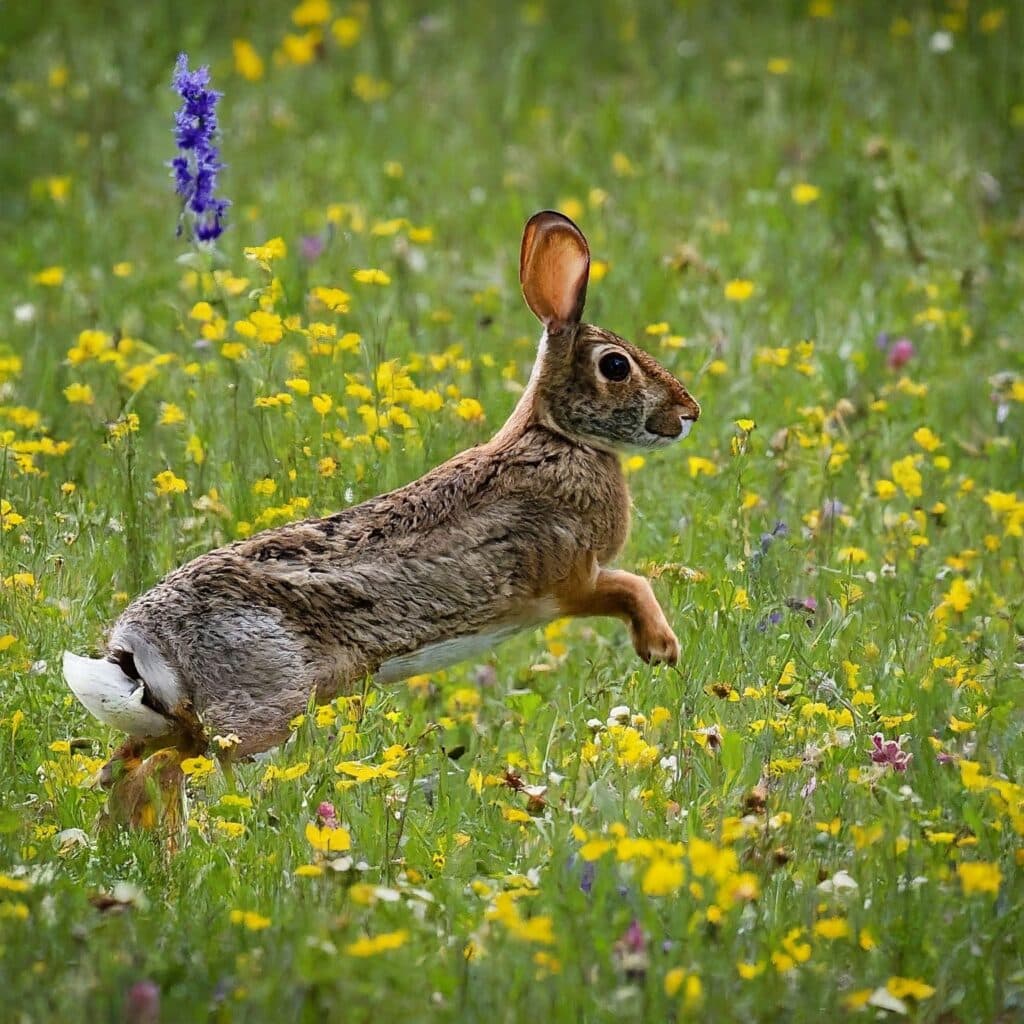They’re fluffy, they’re funny, and they have a serious case of the zoomies. Rabbits are a common sight in North America, leaving their signature bunny droppings in gardens and occasionally causing havoc with landscaping. But beyond their cuteness, these little herbivores play a vital role in the ecosystem.
A Whiskery Overview
Cottontail rabbits, aptly named for their fluffy white tails, are the most abundant wild rabbit species in North America. There are estimated to be hundreds of millions hopping around, with population fluctuations depending on habitat and weather conditions of any given year.
Cottontails are incredibly adaptable, making their home in a variety of habitats across most of the US, from meadows and forests to backyards and even city parks. They’re not as picky about location as you might think – as long as there’s food and cover, they’re happy to set up shop. Cottontails are primarily crepuscular, meaning they’re most active at dawn and dusk. This twilight schedule helps them avoid predators like hawks and foxes who are more active during the day.

These Vegetarian furballs have a diverse diet consisting of grasses, broadleaf flowering plants (like dandelions), leaves, twigs, and even fruits and vegetables. If you have a garden, you might find some evidence of their nightly salad raids in the form of nibbled leaves or chewed-up vegetables.
Fun Fact: Cottontails have a unique escape tactic called “stotting.” When spooked, they’ll hop erratically with sudden stops and turns, making it difficult for predators to predict their movement.
Signs That Rabbits Call Your Property Home
If you see small, round droppings resembling coffee beans in your yard, it could be a sign of activity. You might also notice chewed leaves and stems on plants, or even shallow burrows dug into the ground. Further you will likely see these energetic neighbors scampering about in the mornings and evenings, or perhaps just darting by as they retreat to shelter. Rabbits are social animals and enjoy time playing with each other. The rabbits favorite game: chase!
These furry fluff bunnies play a vital role in the ecosystem. They disperse seeds through their droppings, helping to regenerate plant communities. They also serve as food for numerous predators, from foxes to owls.
Making Your Yard Less Hopping
While cottontails can be charming, they can also be destructive to gardens. Here are a few ways to make your property less inviting:
- Fencing: A physical barrier like a fence is the most effective way to deter rabbits.
- Plant Removal: Remove plants that rabbits find particularly tasty, like vegetables and leafy greens.
- Natural Repellents: There are various commercial and homemade repellents available, but their effectiveness can vary.

Living in Harmony with Cottontails
Rabbits are a fascinating part of our natural world. By understanding them and taking some simple steps, we can co-exist peacefully with these adorable, albeit mischievous, creatures. So next time you see a cottontail hopping through your yard, appreciate its role in the ecosystem, and maybe even chuckle at its quirky antics. Remember, a little prevention goes a long way in keeping your garden safe from cottontail capers. If you are at a loss as to what to do next, wildlife companies like Prickly Pear can help.
